THE CHINA THREAT
THE CHINA THREAT
MEMORIES, MYTHS, AND REALITIES IN THE 1950S
NANCY BERNKOPF TUCKER

Columbia University Press
New YorkColumbia University Press
Publishers Since 1893
New York Chichester, West Sussex
cup.columbia.edu
Copyright 2012 Columbia University Press
All rights reserved
E-ISBN 978-0-231-52819-1
Library of Congress Cataloging-in-Publication Data
Tucker, Nancy Bernkopf.
The China threat : memories, myths, and realities in the 1950s / Nancy Bernkopf Tucker.
p. cm.
Includes bibliographical references and index.
ISBN 978-0-231-15924-1 (cloth : alk. paper)ISBN 978-0-231-52819-1 (ebook)
1. United StatesForeign relationsChina. 2. ChinaForeign relationsUnited States. 3. United StatesForeign relations19531961. I. Title.
E183.8.C5T8355 2012
327.73051dc23 2011046987
A Columbia University Press E-book.
CUP would be pleased to hear about your reading experience with this e-book at .
References to Internet Web sites (URLs) were accurate at the time of writing. Neither the author nor Columbia University Press is responsible for URLs that may have expired or changed since the manuscript was prepared.
To Warren
for everything
CONTENTS
T his book argues that individuals matter. Although it is true that the Cold War framework and the nature of a constitutional democracy comprised broad parameters for policy in the United States in the 1950s, this study makes clear that the men who served as president, secretary of state, and their advisers determined decisions and directions. Their mind-sets, values, emotions, and experience influenced their thoughts and actions, limiting or broadening what they understood about events, behavior, and potential outcomes. The institutional and systemic constraints, although extremely important, would have been the same had Franklin Roosevelt, Harry Truman, or John F. Kennedy served in the 1950s, but these men would not have responded as did Dwight Eisenhower. Indeed, Secretary of State John Foster Dulles expended great effort not to be perceived as just another soft-on-Communism secretary like Dean Acheson.
Accordingly, the volume has been organized to allow readers to see the players and their immediate environment as the author does reflects Dwight D. Eisenhowers preoccupation with business, investment, and the economy.
Furthermore, this study emphasizes the close interaction between domestic and foreign policies that troubled and constrained the president. Eisenhower struggled with conflicting priorities, international demands, and strident domestic politics throughout his tenure in the White House. He found, from day one, that connections between domestic and foreign issues would be problematic in security, economic, and cultural as well as political spheres. Communism posed a pernicious internal and external challenge as did racism. Politics did not stop at the waters edge, and the president discovered he could not shield the home front from the crosscutting pressures of overseas developments.
Obviously, this is also a book about U.S. relations with China, a subject to which I have devoted my career and one that is always fraught with controversy. The Cold War, the Soviet Union, and the Republic of China on Taiwan all play a critical role here, but the focus is U.S. policy and how the Chinese understood and responded to it. I argue that in the bleak, frozen Cold War decade of the 1950s, more went on than thought. To understand what followed, it is essential to see these years clearly.
Primary source materials upon which this book was based are today abundant and yet incomplete. All but a small, highly classified portion of Eisenhower-era records in the United States are open for research. Since the members of the administration closely chronicled what they did and said, the official record is voluminous and detailed. Furthermore, researchers are fortunate to have new, and unprecedented, access to materials in China, Taiwan, Japan, the former Soviet Union, and East Europe, allowing for richer analysis and smarter conclusions. But selectivity is the hallmark of most record releases from these governments, allowing contemporary political concerns to narrow and decide what documents will be available. Similarly, the U.S. intelligence community, although more open than in the past, still closely guards its secrets, releasing but a trickle. Fifty years after the events discussed in this volume, learning from the past remains unnecessarily hard to do.
This volume uses the pinyin form of transliteration to render Chinese characters into English. In the case of some well-known names, however, the common usage in English has been retained, for example, Chiang Kai-shek. The reader should note that when the term Taiwanese is used, the text is referring to those people who resided on the island of Taiwan prior to the influx caused by the Chinese civil war. Finally, the author has preserved usage of the period that was often politically informed, for example, calling the capital of mainland China Peiping, meaning northern peace, rather than referring to the city as a capital, as in Peking or Beijing.
***
Thanks are due to a variety of those who supported this long and complex project. The Woodrow Wilson International Center for Scholars, the United States Institute of Peace, the American Council of Learned Societies, and the National Endowment for the Humanities provided time to think and venues for intellectual exchange that fueled my conceptualization of the China problem faced by the United States in the 1950s. As all those writing in the postWorld War II period know, research would be frustrating and often fruitless without the work being done by the talented and dedicated specialists at the Cold War International History Project and the National Security Archive. I benefited from the declassification of records in China, Taiwan, the former Soviet Union, and the United States that I could only have dreamed about in the early days of the endeavor. I also am grateful to the Eisenhower revisionists and post-revisionists who found the 1950s as thought-provoking as I have. They created a literature, often cited in this book, from which I learned and with which I could wrestle in coming to my own conclusions.
As always, friends and colleagues gave generously of their talents. Warren I. Cohen read the manuscript more often than anyonefriend, colleague, or husbandshould have been asked to do. His encouragement and wisdom have been irreplaceable. Mark Philip Bradley and an anonymous reviewer critiqued the manuscript for Columbia University Press and provided meticulous suggestions for sharpening my reasoning and framing my presentation. Richard Immerman and Matthew Jones generously alerted me to useful documents encountered in their own research. Jeffrey Y. Lin and Bruce R. Kressel, using their skills and experience, worked assiduously to give me the time to complete the task. Of course, there are dozens of others who helped build the intellectual capital that made this book possible, and though I cannot acknowledge them all here, their efforts are very much appreciated.
Courtesy of the United States Federal Government.
O n January 19, 1961, as temperatures plummeted and snow fell steadily on the city of Washington, Dwight D. Eisenhower and John F. Kennedy met for the second and last briefing before Kennedys inauguration. Both sessions had been scheduled to allow the sitting president to school his young and inexperienced successor on the problems he would face and the powers he could exploit against threats and challenges. After a long private conversation and an intense exchange with members of the cabinet present, Eisenhower and Kennedy spent a few last minutes lingering next to the large conference table in the White House West Wing.

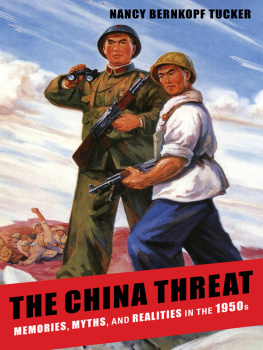

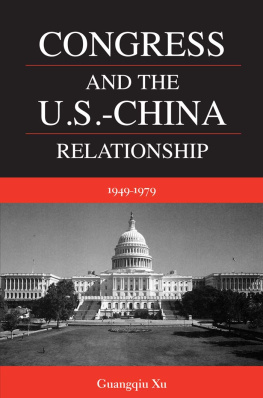
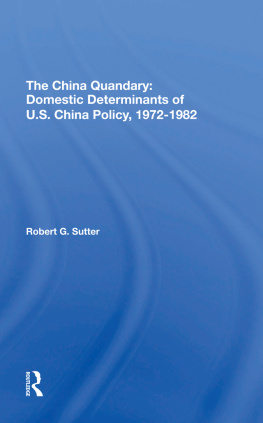
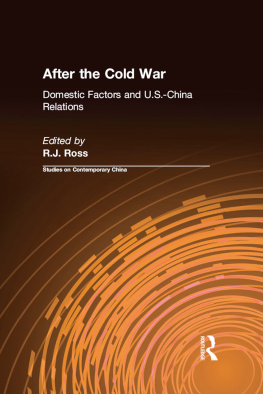
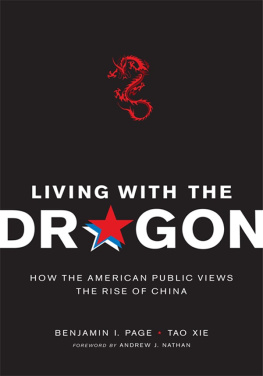

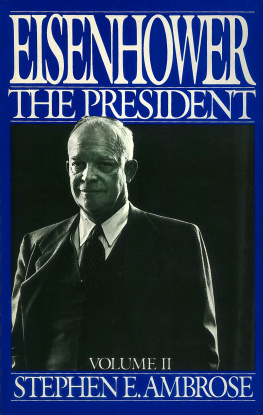
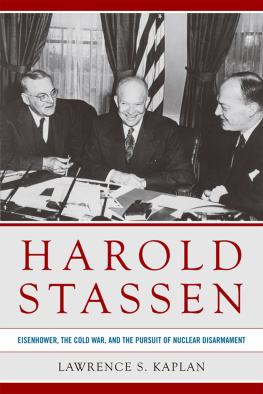
 Columbia University Press New York
Columbia University Press New York
